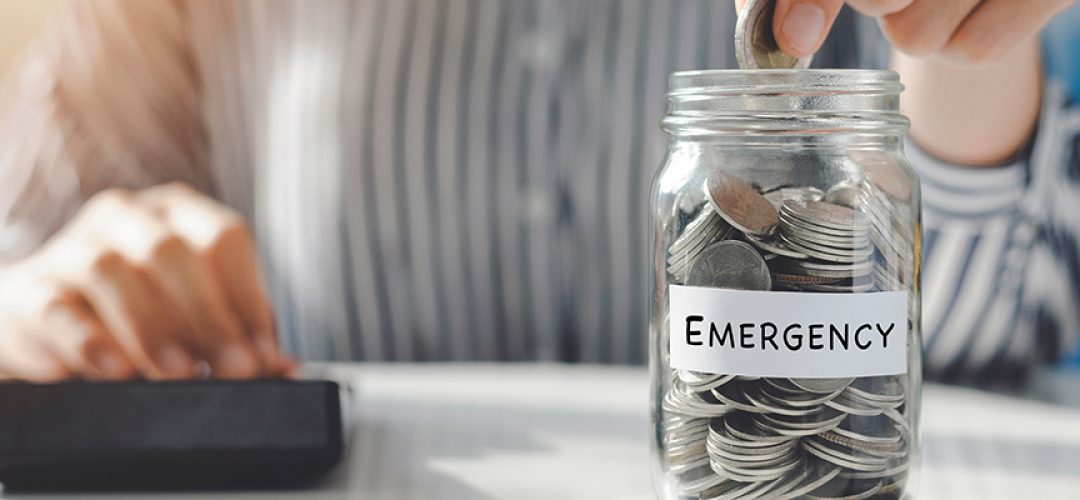In today’s unpredictable world, having a financial buffer is more necessary than ever. Starting an emergency fund can seem daunting, but it’s a crucial step towards financial security.
This guide will walk you through the basics of setting up an emergency reserve, helping you navigate through uncertainty with greater peace of mind.
Understanding the Importance of an Emergency Fund
An emergency fund is essentially a financial safety net designed to cover unexpected expenses or financial downturns without needing to borrow money. It’s the foundation of a solid financial plan.
Without such a fund, unforeseen events like health emergencies, job loss, or urgent home repairs can lead to significant stress and debt. Saving emergency funds ensures you’re prepared for any situation.
Experts typically recommend saving enough to cover three to six months of living expenses, but even a small amount can make a difference in times of need.
Setting Your Savings Goal
Begin by calculating your monthly living expenses. This includes rent or mortgage, utilities, groceries, insurance, and any other regular costs. Aim to save at least three months’ worth of expenses for starters.
Adjust your goal as necessary, considering factors such as job stability and personal risk tolerance. The more uncertain your situation, the larger your emergency fund should be.
Creating a Savings Plan
Start small if you have to. Even setting aside a small portion of your paycheck each month can add up over time. Use a high-yield savings account to keep your emergency fund. This will ensure it’s easily accessible and earns a bit of interest.
Automating your savings can simplify the process. Setting up a direct transfer from your checking account to your savings account can help you consistently save without thinking about it.
Review and adjust your plan as needed. Always reassess your savings goals and strategy to improve where you can.
Finding Money to Save
Look for areas in your budget where you can cut back. Small changes, like reducing dining out or canceling unused subscriptions, can free up more money for your emergency fund.
Consider taking on extra work or selling items you no longer need. Any additional income can be directed straight into your emergency savings.
Staying Motivated
Keep your goal in sight. Remind yourself why you’re saving and what you’re working towards. Celebrate small victories along the way to keep yourself motivated.
Track your progress. Seeing how much you’ve saved over time can be a powerful motivator to keep going.
Managing Your Fund
Resist the temptation to dip into your emergency fund for non-urgent matters. It’s meant for true emergencies only.
Should you need to use some of the funds, make a plan to replenish it as soon as possible. This ensures that you’re always prepared for unexpected expenses.
Avoiding Common Pitfalls
Don’t underestimate how much you need to save. It’s better to overestimate and have more than needed than to find yourself short in a crisis.
Avoid treating your emergency fund as a general savings account. Keep it separate to reduce the temptation to spend it on non-emergencies.
Conclusion
Starting and growing an emergency fund is a critical step towards financial stability. By understanding its importance, setting realistic goals, creating a plan, and staying disciplined, you’ll build a financial buffer that will help you navigate life’s uncertainties with confidence.






